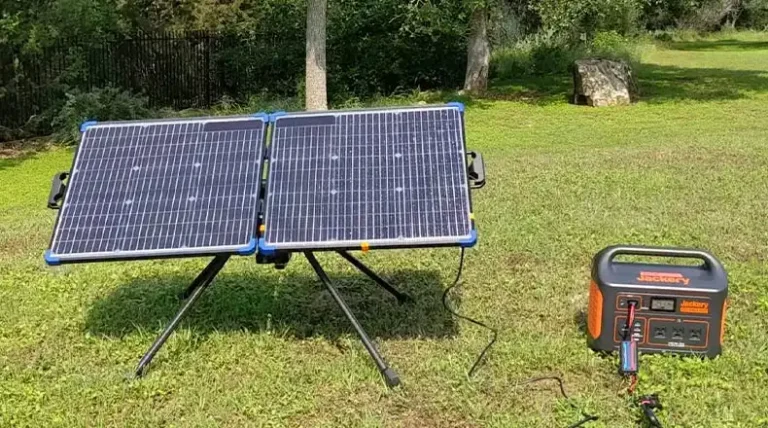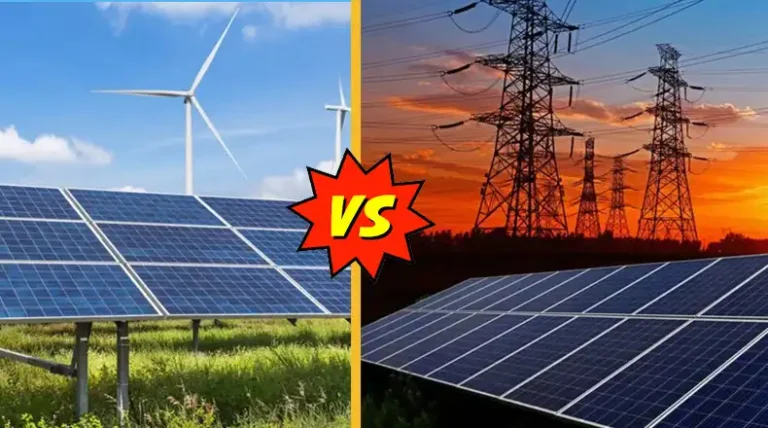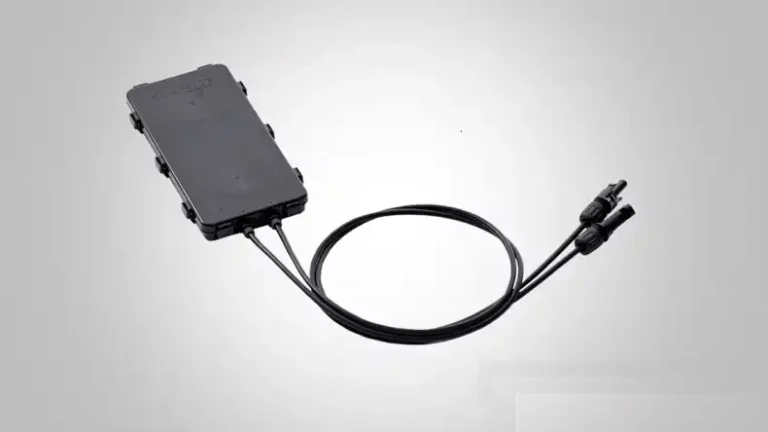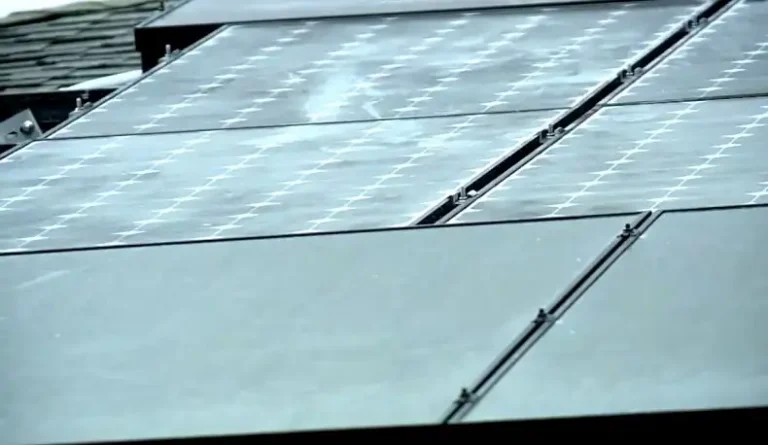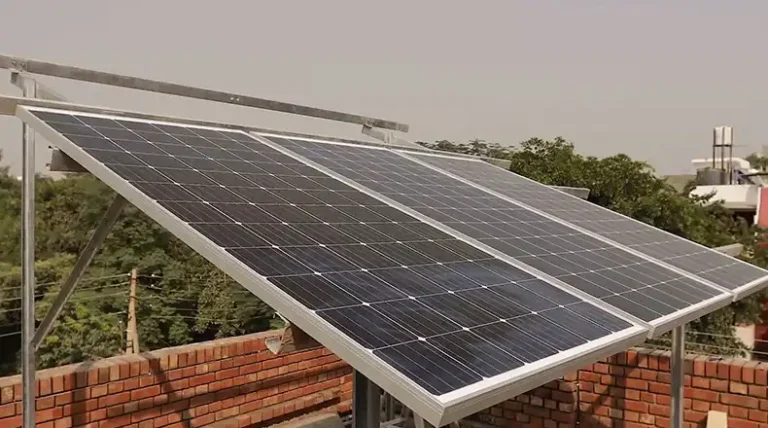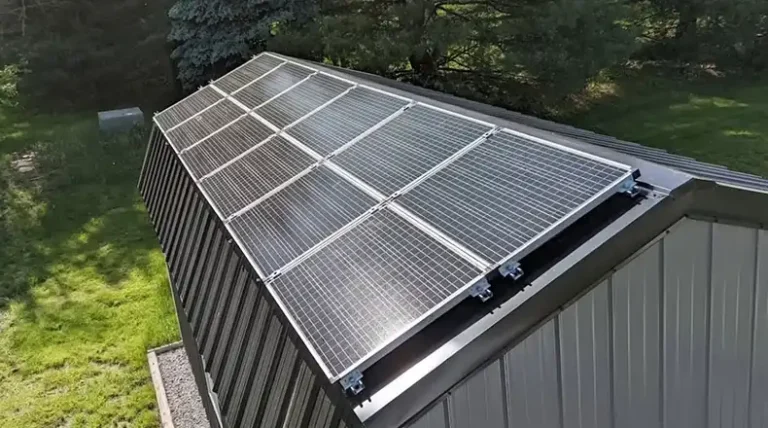Can You Put Solar Panels Near The Ocean
Coastal areas often face harsh conditions, with salty air, high humidity, and the occasional storm, which can wreak havoc on solar panels and their components. But does that mean you can’t put them near the ocean?
The good news is, with proper precautions and the right installation, you can absolutely put solar panels near the ocean and enjoy the benefits of clean, renewable energy. However, it’s crucial to consider the unique environmental factors and take the necessary steps to ensure the longevity and optimal performance of your solar panel system.
In this guide, I’ll help you explore the potential challenges, recommended solutions, and best practices to help you make an informed decision.
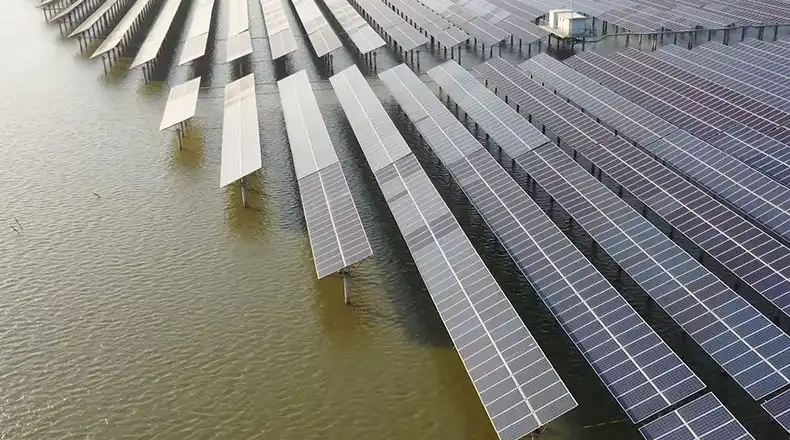
The Challenges of Installing Solar Panels Near the Ocean
Living near the ocean is a dream come true for many, but it also presents unique challenges when it comes to installing solar panels. The harsh coastal environment can take a toll on your solar panel system, potentially reducing its efficiency and lifespan. Here are some of the main challenges you may face:
Saltwater Corrosion
One of the biggest threats to solar panels near the ocean is the corrosive nature of saltwater. The salty air and occasional saltwater spray can corrode the metal components of your solar panels, such as the frames, mounting hardware, and electrical connections. Over time, this corrosion can lead to system failures, reduced power output, and even safety hazards.
High Humidity
Coastal areas are known for their high humidity levels, which can cause moisture buildup within the solar panels. This moisture can lead to fogging, condensation, and even short circuits, compromising the performance and longevity of your solar panel system.
Strong Winds and Storms
Living near the ocean often means dealing with strong winds and occasional storms. These extreme weather conditions can put significant stress on your solar panel installation, potentially causing damage to the panels, racking systems, and electrical components.
Salt Buildup
The salty air and sea breeze can cause salt buildup on the surface of your solar panels. This salt accumulation can reduce the amount of sunlight reaching the solar cells, decreasing the overall efficiency of your system.
Solutions and Best Practices for Ocean-Side Solar Panel Installations
While the challenges of installing solar panels near the ocean are real, there are effective solutions and best practices that can help you overcome them. By taking the right precautions and following industry guidelines, you can ensure your solar panel system performs optimally and withstands the harsh coastal environment.
Solution 1: Corrosion-Resistant Materials
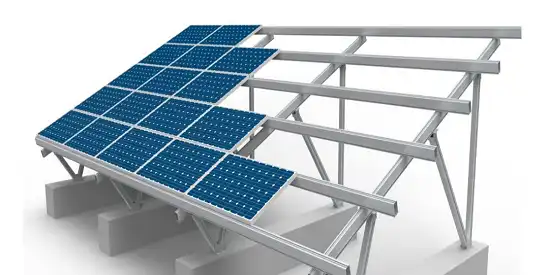
To combat saltwater corrosion, it’s essential to use corrosion-resistant materials for your solar panel installation. Look for solar panels with aluminum or stainless-steel frames, as well as marine-grade mounting hardware and electrical components. These materials are designed to withstand the harsh conditions of coastal environments.
Solution 2: Proper Sealing and Ventilation
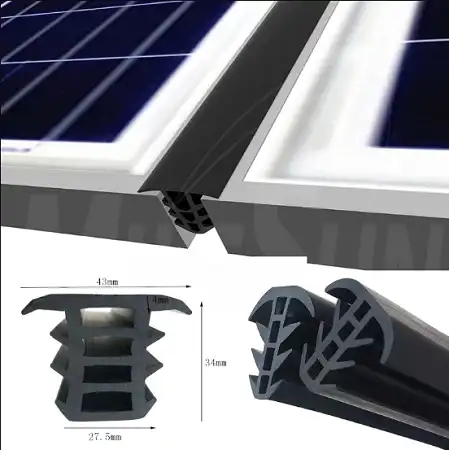
To prevent moisture buildup and condensation, ensure that your solar panels are properly sealed and ventilated. Look for panels with water-tight junction boxes and well-designed drainage channels. Additionally, consider installing a ventilation system or using breathable backsheets to allow air circulation and prevent moisture buildup.
Solution 3: Wind-Resistant Mounting Systems
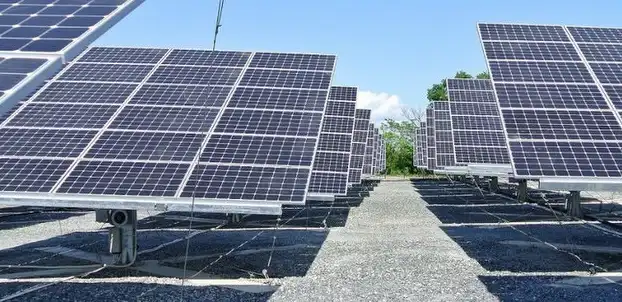
To withstand strong winds and storms, it’s crucial to use wind-resistant mounting systems designed specifically for coastal installations. These systems typically feature robust racking solutions and secure anchoring systems that can withstand high wind loads and even hurricane-force winds.
Solution 4: Regular Cleaning and Maintenance
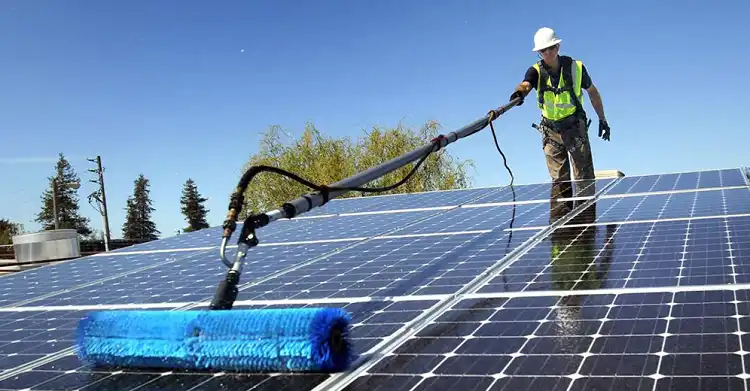
Regular cleaning and maintenance are essential for solar panels installed near the ocean. Salt buildup can be removed by gently washing the panels with fresh water and a soft brush. It’s also essential to inspect the system regularly for any signs of corrosion, loose connections, or other issues that may require repair or replacement.
Solution 5: Coastal-Specific Solar Panel Coatings
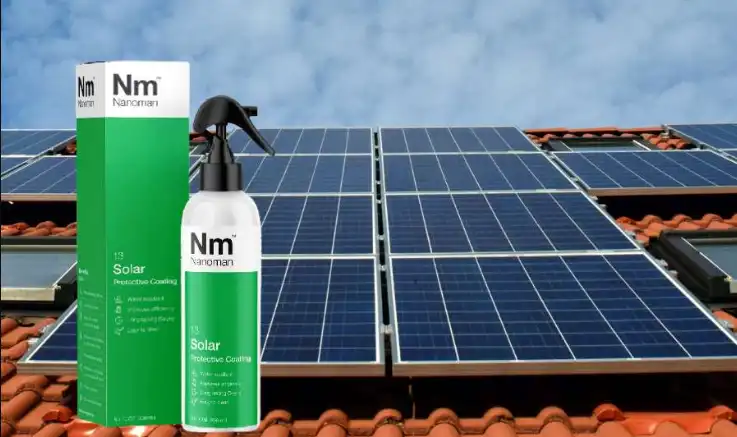
Some manufacturers offer specialized coatings or surface treatments for solar panels designed for coastal environments. These coatings can help prevent salt buildup, reduce corrosion, and improve overall performance in harsh marine conditions.
Choosing the Right Solar Panel System for Ocean-Side Installations
When selecting a solar panel system for your ocean-side installation, it’s essential to consider factors such as the manufacturer’s reputation, warranty coverage, and the system’s ability to withstand harsh coastal conditions. Look for solar panels and components that are specifically designed and rated for marine environments.
Additionally, consider working with an experienced solar installer who has expertise in coastal installations. They can provide valuable guidance on the best practices, materials, and system components to use, ensuring a successful and long-lasting solar panel installation near the ocean.
Potential Benefits of Solar Energy Near the Ocean
While there are challenges to overcome, installing solar panels near the ocean can also offer several potential benefits:
- Abundant Sunlight: Coastal areas often receive ample sunlight throughout the year, making them ideal for solar energy production.
- Cooler Temperatures: The proximity to the ocean can provide a natural cooling effect, helping to maintain optimal temperatures for solar panel efficiency.
- Reduced Energy Costs: By harnessing solar energy, you can significantly reduce your reliance on traditional energy sources and lower your monthly utility bills.
- Environmental Benefits: Solar energy is a clean and renewable source of power, reducing your carbon footprint and contributing to a more sustainable future.
Conclusion
Installing solar panels near the ocean is not only possible but can also be a wise investment in clean, renewable energy. By understanding the challenges, implementing the right solutions, and following best practices, you can enjoy the benefits of solar power while embracing the coastal lifestyle. Remember, proper planning, high-quality materials, and professional installation are key to ensuring the longevity and optimal performance of your ocean-side solar panel system. If you have any further questions or need additional guidance, don’t hesitate to leave a comment below. We’re here to help you navigate the world of coastal solar panel installations and make the most of this sustainable energy source.
Other Related Questions
What Is the Best Type of Solar Panel for Coastal Areas?
Monocrystalline solar panels with corrosion-resistant frames and marine-grade coatings are often the best choice for coastal installations due to their durability and resistance to harsh environmental conditions.
Can Solar Panels Withstand Hurricane-Force Winds?
With proper installation and wind-resistant mounting systems, solar panels can be designed to withstand hurricane-force winds, but it’s essential to follow local building codes and manufacturer recommendations.
Do Solar Panels Perform Better in Cooler Coastal Climates?
Yes, solar panels generally perform better in cooler coastal climates, as high temperatures can reduce their efficiency. The natural cooling effect of the ocean can help maintain optimal operating temperatures.
Is It More Expensive to Install Solar Panels Near the Ocean?
While there may be additional costs associated with using corrosion-resistant materials and specialized mounting systems, the long-term benefits and energy savings from solar power can outweigh the initial investment in coastal areas.

